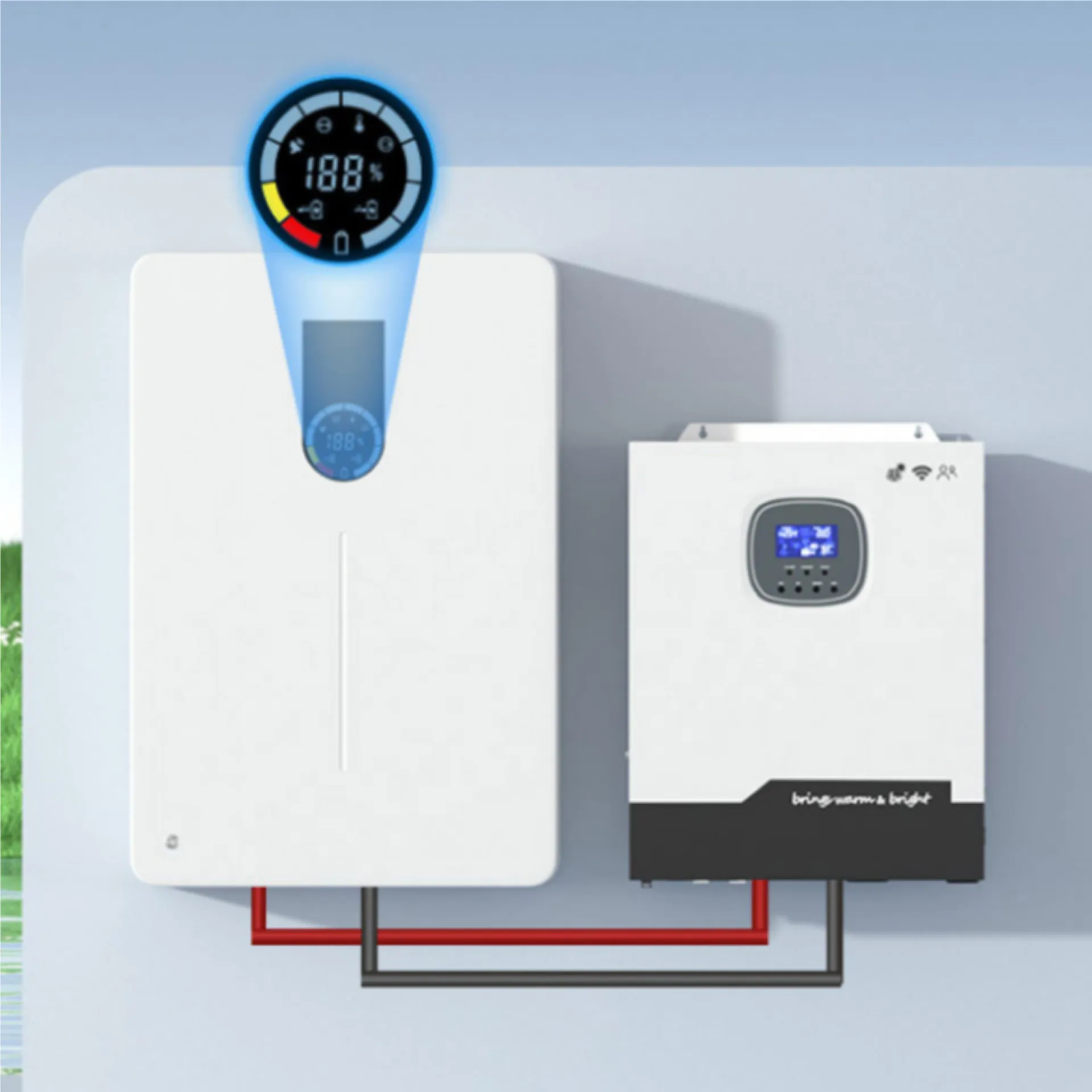Optimal Size Guide for 400W Solar Panels to Maximize Energy Efficiency
Exploring the Size and Efficiency of 400W Solar Panels
As the world turns increasingly towards renewable energy sources, solar power stands out as a promising alternative. Among the various options available, 400-watt (400W) solar panels have gained significant attention for their balance of efficiency and practicality for residential and commercial use. Understanding the size of these panels and their impact on energy generation can provide valuable insights for potential users.
What is a 400W Solar Panel?
A 400W solar panel is designed to convert sunlight into electricity, generating up to 400 watts of power under optimal conditions. This capacity makes them suitable for various applications, from small homes to larger energy-intensive installations. The power output of a solar panel is primarily determined by its size, efficiency, and the amount of sunlight it receives.
Dimensions of 400W Solar Panels
The physical size of a 400W solar panel typically ranges from 1.7 to 2 square meters (approximately 18 to 22 square feet). However, the exact dimensions can vary depending on the manufacturer's design and technology. Most 400W panels are constructed using monocrystalline or polycrystalline silicon, both of which have differing efficiencies and performance rates.
Monocrystalline panels tend to be more efficient and compact, making them a popular choice for homeowners with limited roof space. In contrast, polycrystalline panels may offer a lower cost option, but they often take up more space due to their lower efficiency rates.
Efficiency and Performance
400w solar panel size

The efficiency of solar panels is a crucial factor that influences their output and effectiveness. Typically, a 400W solar panel boasts efficiencies ranging from 18% to 22%, meaning that a significant portion of the available sunlight is converted into usable electricity. Higher efficiency panels produce more energy per square meter, making them ideal for installations with space constraints.
Advantages of 400W Solar Panels
One of the main advantages of utilizing 400W solar panels is their ability to generate substantial power while occupying a reasonable amount of space. These panels are particularly useful for homeowners looking to reduce their energy bills or achieve energy independence. A solar system comprised of multiple 400W panels can significantly contribute to household energy needs, particularly in areas with abundant sunlight.
Additionally, as technology advances, the cost of solar panels has continued to decrease, making them more accessible to the average consumer. The investment in solar technology can also enhance property value, as homes with solar power systems are often more attractive to potential buyers.
Considerations for Installation
When considering the installation of 400W solar panels, several factors should be taken into account. The orientation and pitch of the roof, shading from trees or buildings, and local climate conditions can all affect the overall performance of the system. It is advisable to perform a thorough site assessment and consult with a qualified solar installer to ensure optimal placement and configuration.
Conclusion
400W solar panels offer a compelling solution for both residential and commercial energy needs. Their combination of efficiency, reasonable size, and decreasing costs positions them as a practical choice in the renewable energy market. As society continues to seek sustainable power solutions, understanding the specifications and benefits of solar panels like the 400W variant will be essential for making informed decisions that contribute to a cleaner, greener future. Whether for reducing energy bills, increasing energy independence, or contributing to environmental sustainability, 400W solar panels play a pivotal role in the energy landscape.
-
String Solar Inverter: The High-Efficiency Solution for Smart Solar EnergyNewsJul.14,2025
-
Revolutionizing Rooftop Energy with the Power of the Micro Solar InverterNewsJul.14,2025
-
Power Independence with Smart Off Grid Solar Inverter SolutionsNewsJul.14,2025
-
On Grid Solar Inverter: Powering the Future with Smart Grid IntegrationNewsJul.14,2025
-
Monocrystalline Solar Panels: High-Efficiency Power for the Future of Clean EnergyNewsJul.14,2025
-
Bifacial Solar Panel: A Smarter Investment for Next-Generation Energy SystemsNewsJul.14,2025







